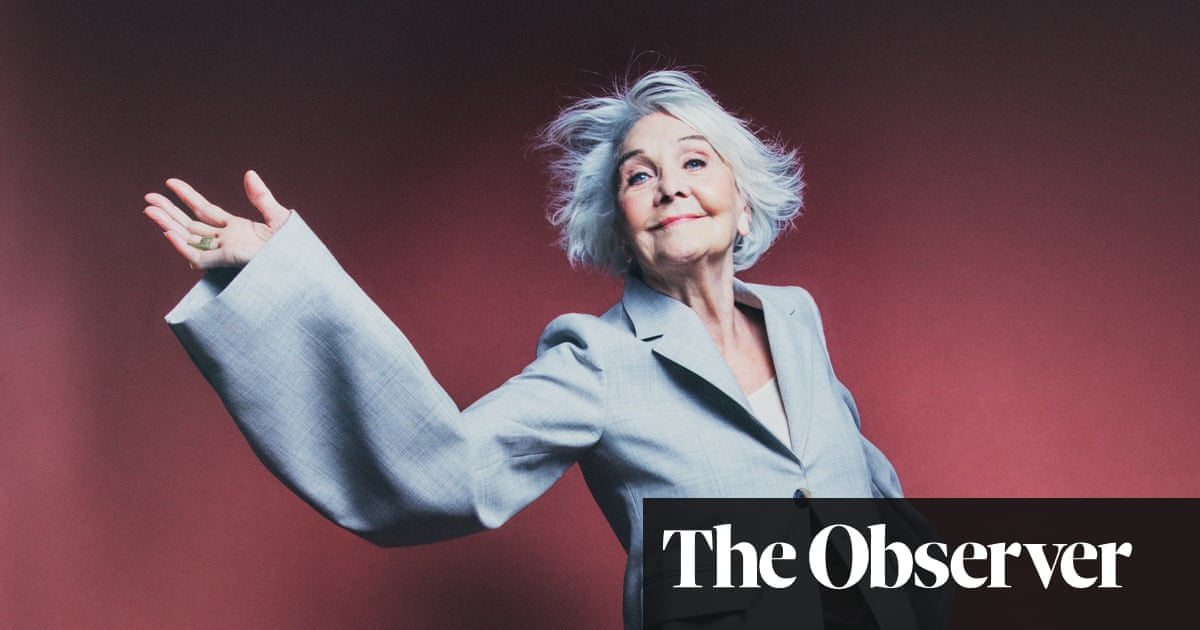A 2024 election pop quiz. Who was the most famous—not to mention the most entertaining—third-party presidential candidate in the history of the United States? The answer is not comedian Pat Paulsen (who ran repeatedly from 1968 onward). Not Ross Perot (in ’92 and ’96). Not Ralph Nader, Jill Stein, Kanye West, or even the maddening, bewildering Robert F. Kennedy Jr.
The answer is John Birks “Dizzy” Gillespie, the legendary jazz trumpeter, composer, and innovator, who ran as an independent candidate in 1964 against incumbent Democrat Lyndon B. Johnson and far-right Republican contender Barry Goldwater.
Through his more than 50-year career, Gillespie was celebrated not only as a great jazz musician—a true giant of the genre—but, like Louis Armstrong and Fats Waller before him, a masterful entertainer. In fact, as the contemporary jazz pianist Bill Charlap observes, “Dizzy was so funny up onstage that it often obscured what a brilliant and amazing musician he was.” The 93-year-old saxophone colossus Sonny Rollins, who worked with Dizzy frequently, agrees, telling me that the public regarded Gillespie much as they did Armstrong, “as an entertainer, a comedian almost, as well as a musician.”
In his memoir, To Be, or Not…to Bop, Gillespie states that his presidential campaign “started largely as a result of the March of Washington for Jobs and Freedom in 1963 and the Newport Jazz Festival.” However, he was actively campaigning—with buttons and banners, no less—at least as early as February of that year at the Blackhawk nightclub in San Francisco, well before Martin Luther King Jr.’s, historic march of August 1963 was even conceived. “It wasn’t just a publicity stunt,” he later wrote in his memoir. “I made campaign speeches and mobilized people. I meant to see how many votes I could get, really, and see how many people thought I’d make a good president.”
Gillespie’s politics made it onto the bandstand as well. For much of 1963, his sets were a combination of his regular modern jazz performances, including such original standards as “A Night in Tunisia” and “Con Alma,” interwoven with semiserious campaign rhetoric. By September, the campaign—by then officially managed by Jean Gleason, wife of Ralph J. Gleason, the jazz critic who later became a founding editor of Rolling Stone—was in full swing. That month, when Gillespie played the sixth annual Monterey Jazz Festival, Down Beat reported that not only was “Dizzy for President” merchandise being given away and sold throughout the festival, but Gillespie and Gleason had already gathered more than 1,000 signatures on a petition to officially put him on the ballot in California.
The legendary bassist Ron Carter, now 87, was a member of Miles Davis’s great quintet of the period, and also played Monterey that year. He says of the Gillespie campaign, “We all treated it like it was a lark. As individuals we were often asked to play to raise awareness of presidential candidates. Dizzy’s ‘candidacy’ was to let people know we didn’t just play music—we had our eye on who the next president would be.”
A few weeks later, the candidate was asked to speak at the University of the Pacific in Stockton, California, mostly fielding questions from the crowd that had been written in advance and were then read by Gleason. Gillespie spoke authoritatively on such subjects as whether foreign-born musicians could compete with their American counterparts (he answered in the affirmative—in a roundabout manner) and the effect of alcohol and narcotics on a musician’s playing (he was emphatically against them). When he was asked if jazz would lose its sense of fun once it transformed into a kind of protest music, according to Down Beat, he had a cogent, pointed answer: “Jazz is supposed to run the gamut of all human experiences—anger, laughter, fun, and sadness.”
At the time, the arch-conservative John Birch Society was on the rise. And Gillespie’s candidacy, in its way, was an attempt to push back on both the political establishment and the rise of divisive forces in American life. Indeed, instead of decrying the far right, the ever inclusive Gillespie admitted to being open to considering a “John Bircher” in his Cabinet. “You see,” he said, “We’d need opposition.” At another point during the campaign, his followers began calling themselves “The John Birks Society”—as both a counterweight to conservatism and a coded reference to his own given name.







